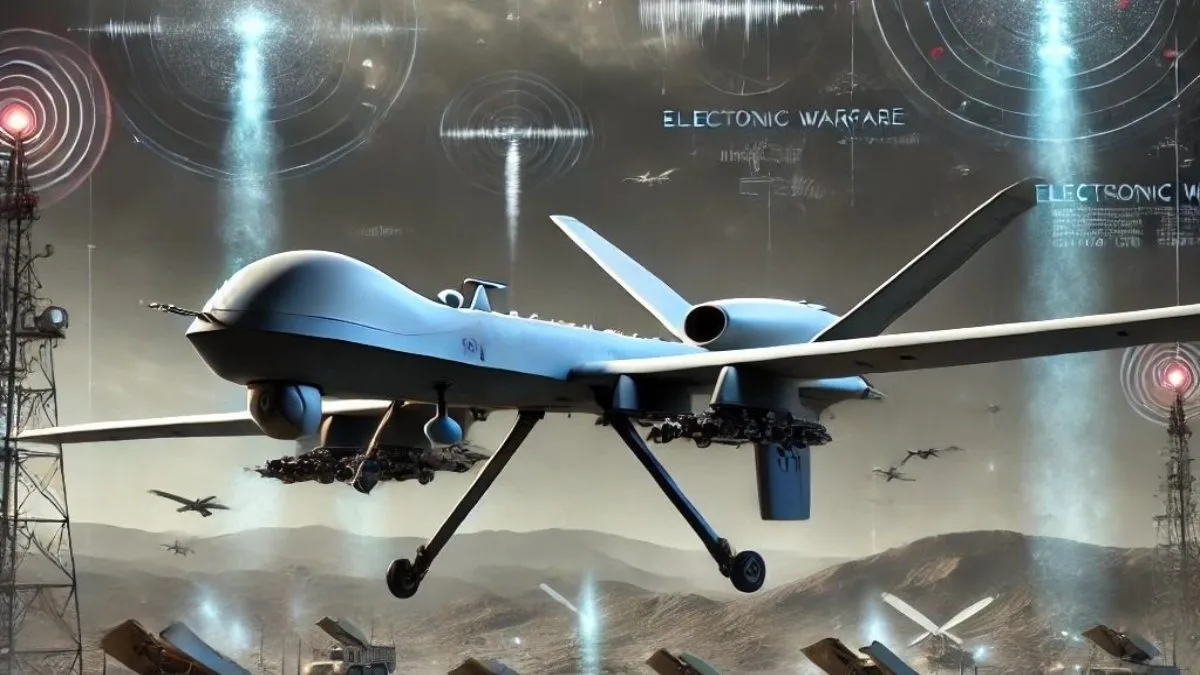Reaper Drone Vulnerabilities: Analyzing the MQ-9 in Contested Airspace

Reaper Drone Vulnerabilities: Analyzing the MQ-9 in Contested Airspace
Reaper drones, particularly the MQ-9 model, face growing challenges in contested airspace due to speed and size constraints. As electronic warfare evolves, these drones become increasingly vulnerable to threats. The impacts on India's defense sector call for immediate attention to UAV strategies.
The Reaper Drone: Capabilities and Limitations
The MQ-9 Reaper, developed by General Atomics, is essential for ISR and strike missions. However, its lack of stealth, slow speed, and dependency on satellite communications create major vulnerabilities.
Technological Advancements and Air Defense
As advanced air defense systems proliferate, Reaper drones show signs of obsolescence on the battlefield. Countries are rapidly enhancing their capabilities, leading to significant risks for non-stealthy UAVs.
Lessons from Iraq and Ukraine
- The success of asymmetric tactics against drones highlights potential threats to India's UAV operations.
- Increasing electronic warfare capabilities can disrupt Reaper drones, making them vulnerable to enemy defenses.
The Future of Indian Drone Warfare
- Move towards stealth designs in UAV development.
- Emphasize the use of swarm tactics and autonomous systems for future missions.
- Focus on enhancing electronic warfare resilience for all operational UAVs.
This article was prepared using information from open sources in accordance with the principles of Ethical Policy. The editorial team is not responsible for absolute accuracy, as it relies on data from the sources referenced.